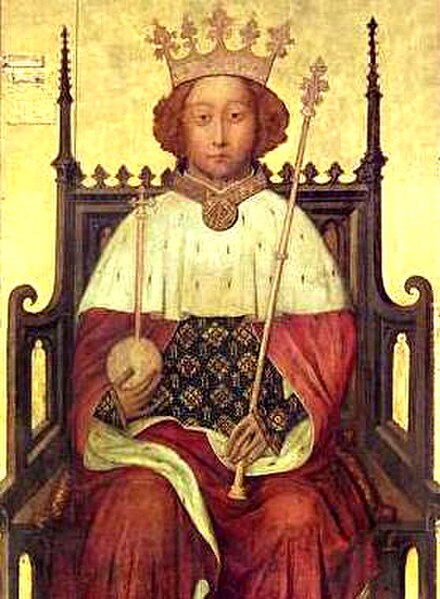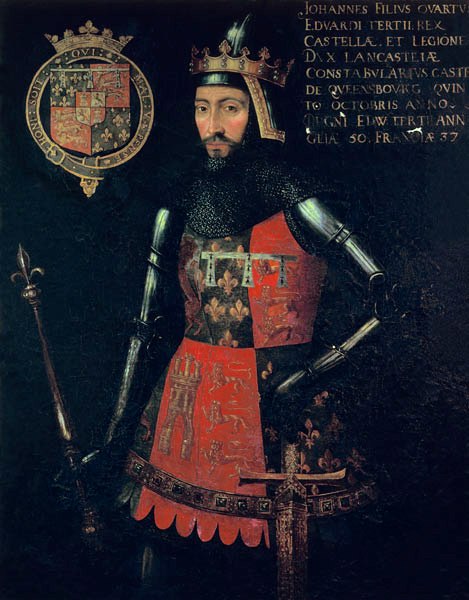The Battle of Stoke Field on 16 June 1487 may be considered the last battle of the Wars of the Roses, since it was the last major engagement between contenders for the throne whose claims derived from descent from the houses of Lancaster and York respectively. The Battle of Bosworth Field, two years previously, had established Henry VII on the throne, ending the last period of Yorkist rule and initiating that of the Tudors. The Battle of Stoke Field was the decisive engagement in an attempt by leading Yorkists to unseat him in favour of the pretender Lambert Simnel.
The top of Rampire Hill, the Yorkist position at the start of the battle
Part of the battlefield at ground level
The Wars of the Roses, known at the time and in following centuries as the Civil Wars, were a series of civil wars fought over control of the English throne from 1455 to 1487. The wars were fought between supporters of the House of Lancaster and House of York, two rival cadet branches of the royal House of Plantagenet. The conflict resulted in the end of Lancaster's male line in 1471, enabling the Tudor family to inherit their claim to the throne through the female line. Conflict was largely brought to an end upon the union of the two houses through marriage, creating the Tudor dynasty that would subsequently rule England.
Miniature of the Battle of Tewkesbury, late 15th century
Edward III was the father of five dukes: Edward (Cornwall), Lionel (Clarence), John (Lancaster), Edmund (York), and Thomas (Gloucester).
Richard II was a child-king who succeeded his grandfather Edward III shortly after the death of his father, Edward the Black Prince.
John of Gaunt, founder of the House of Lancaster






